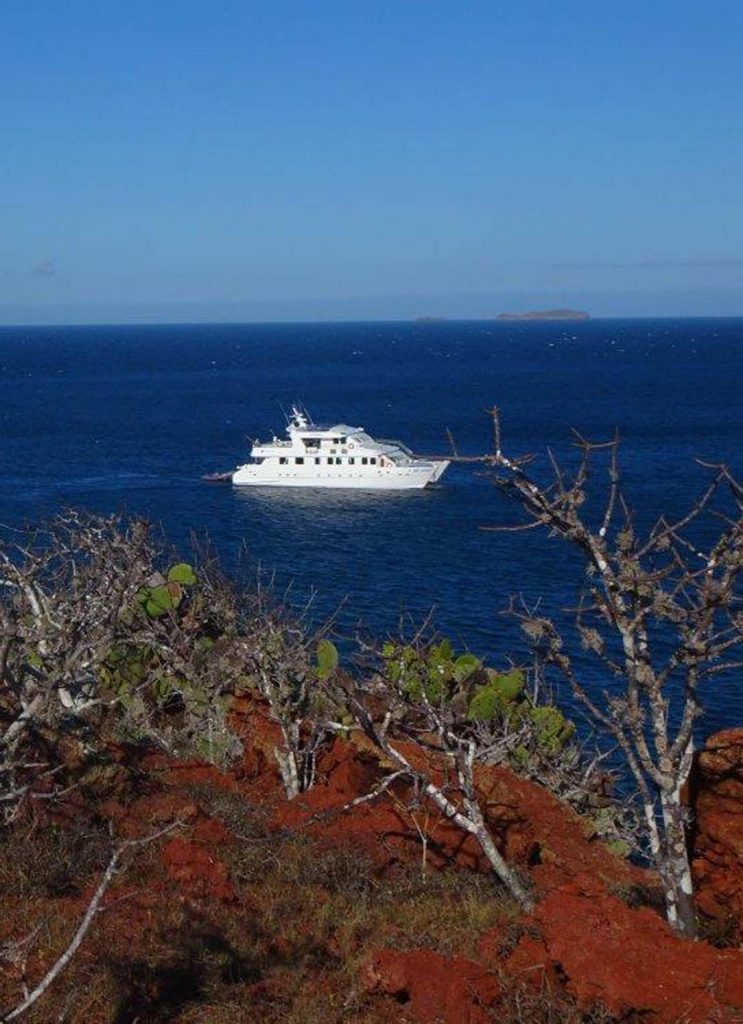Remote, solitary…
The greatest wildlife spectacle on the planet
A thousand kilometers off Ecuador, this archipelago of 19 main islands and numerous islets offers a wild nature you can almost touch. They have been nicknamed “the Enchanted Islands”, “Noah’s Ark”, “the Laboratory of Evolution”, and in many other ways to describe the extraordinary display that nature offers to the few privileged people who reach them.
The landscape is not what one might expect: despite the fact that the islands lie on the equator in the Pacific, volcanic rock abounds and there are few beaches. But let’s not be mistaken…
One does not go to the Galápagos to sunbathe or relax, but to enjoy nature and learn from it. In just a few days, you will witness scenes of wildlife normally reserved for researchers who have spent years studying animals — and all just a few steps away!
Enjoy this journey to share unique sensations, but don’t forget to respect certain rules. None of them are arbitrary: the islands now live in a delicate balance and need all our attention and protection.
Visiting these islands is strictly regulated to minimize the impact of tourism. Be aware that you cannot stay in any area belonging to the National Park without a guide, nor bring food or smoke. As for the latter, there’s no need to worry — even the most devoted smokers say they forgot about cigarettes when faced with the spectacle of the animals!
On the islands, you may only walk along designated trails, but there is already so much to see — such as birds nesting right on the path, for instance.
There are also a few other basic rules: do not touch the animals, do not litter, and do not take sand or plants with you.




